I got these Optical Encoders from a local vendor and connected it to my arduino in the following order;
- (+)----> 5v
- (-)---> Gnd
- (01)--->2
- (02)--->3
But, it burnt and smoked out as soon as I connected it. I am assuming it requires a current limiting resistor, but I couldn't find a datasheet on the product anywhere. There's just some chinese written behind it.


Is there anyone who could shed some light on this?
Updates
Here are some photos of the internals, apparently there is a current limitting sensor inside. But there are no resistors on the output.


